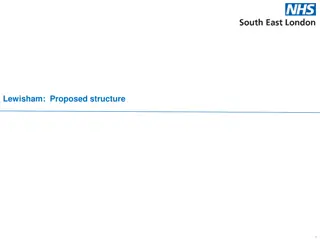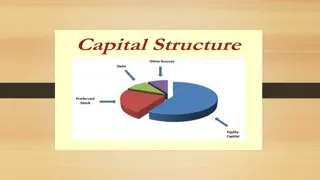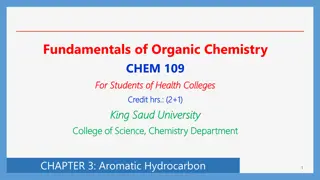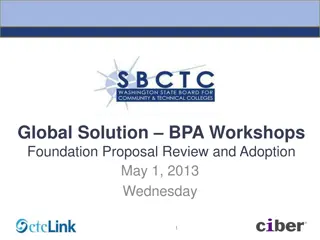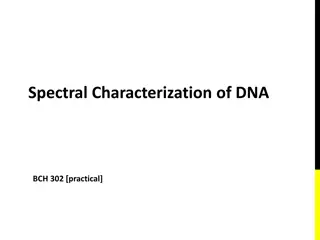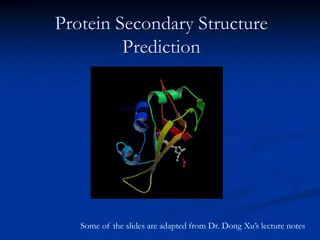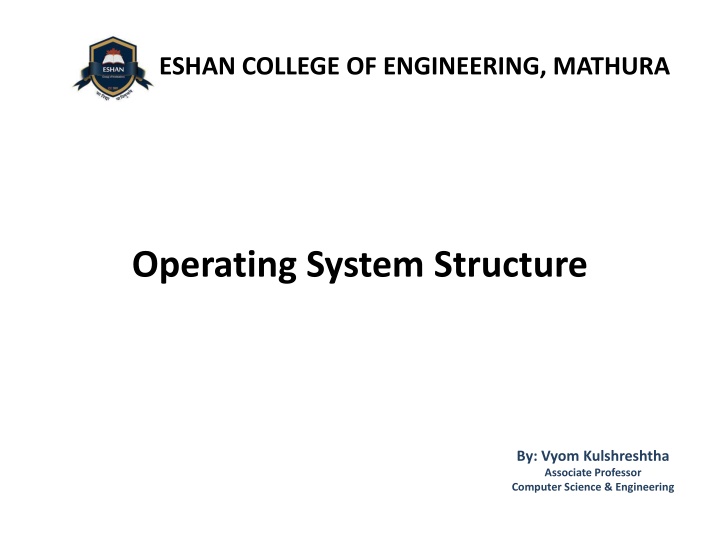
Operating System Services Overview at Eshan College of Engineering, Mathura
Explore the various operating system services provided at Eshan College of Engineering, Mathura, including user interface, program execution, I/O operations, file-system manipulation, communications, error detection, resource sharing, accounting, protection, and security. Learn how these services contribute to efficient system operation and user experience in the field of Computer Science & Engineering.
Download Presentation

Please find below an Image/Link to download the presentation.
The content on the website is provided AS IS for your information and personal use only. It may not be sold, licensed, or shared on other websites without obtaining consent from the author. If you encounter any issues during the download, it is possible that the publisher has removed the file from their server.
You are allowed to download the files provided on this website for personal or commercial use, subject to the condition that they are used lawfully. All files are the property of their respective owners.
The content on the website is provided AS IS for your information and personal use only. It may not be sold, licensed, or shared on other websites without obtaining consent from the author.
E N D
Presentation Transcript
ESHAN COLLEGE OF ENGINEERING, MATHURA Operating System Structure By: Vyom Kulshreshtha Associate Professor Computer Science & Engineering
ESHAN COLLEGE OF ENGINEERING, MATHURA Operating System Services Operating systems provide an environment for execution of programs and services to programs and users One set of operating-system services provides functions that are helpful to the user: User interface - Almost all operating systems have a user interface (UI). Varies between Command-Line (CLI), Graphics User Interface (GUI), Batch Program execution - The system must be able to load a program into memory and to run that program, end execution, either normally or abnormally (indicating error) I/O operations - A running program may require I/O, which may involve a file or an I/O device By: Vyom Kulshreshtha Associate Professor Computer Science & Engineering
ESHAN COLLEGE OF ENGINEERING, MATHURA Operating System Services (Cont.) One set of operating-system services provides functions that are helpful to the user: File-system manipulation - The file system is of particular interest. Programs need to read and write files and directories, create and delete them, search them, list file Information, permission management. Communications Processes may exchange information, on the same computer or between computers over a network Communications may be via shared memory or through message passing (packets moved by the OS) Error detection OS needs to be constantly aware of possible errors May occur in the CPU and memory hardware, in I/O devices, in user program For each type of error, OS should take the appropriate action to ensure correct and consistent computing Debugging facilities can greatly enhance the user s and programmer s abilities to efficiently use the system By: Vyom Kulshreshtha Associate Professor Computer Science & Engineering
ESHAN COLLEGE OF ENGINEERING, MATHURA Operating System Services (Cont.) Another set of OS functions exists for ensuring the efficient operation of the system itself via resource sharing Resource allocation - When multiple users or multiple jobs running concurrently, resources must be allocated to each of them Many types of resources - CPU cycles, main memory, file storage, I/O devices. Accounting - To keep track of which users use how much and what kinds of computer resources Protection and security - The owners of information stored in a multiuser or networked computer system may want to control use of that information, concurrent processes should not interfere with each other Protection involves ensuring that all access to system resources is controlled Security of the system from outsiders requires user authentication, extends to defending external I/O devices from invalid access attempts By: Vyom Kulshreshtha Associate Professor Computer Science & Engineering
ESHAN COLLEGE OF ENGINEERING, MATHURA A View of Operating System Services By: Vyom Kulshreshtha Associate Professor Computer Science & Engineering
ESHAN COLLEGE OF ENGINEERING, MATHURA User Operating System Interface - CLI CLI or command interpreter allows direct command entry Sometimes implemented in kernel, sometimes by systems program Sometimes multiple flavors implemented shells Primarily fetches a command from user and executes it Sometimes commands built-in, sometimes just names of programs If the latter, adding new features doesn t require shell modification By: Vyom Kulshreshtha Associate Professor Computer Science & Engineering
ESHAN COLLEGE OF ENGINEERING, MATHURA Bourne Shell Command Interpreter By: Vyom Kulshreshtha Associate Professor Computer Science & Engineering
ESHAN COLLEGE OF ENGINEERING, MATHURA User Operating System Interface - GUI User-friendly desktop metaphor interface Usually mouse, keyboard, and monitor Icons represent files, programs, actions, etc Various mouse buttons over objects in the interface cause various actions (provide information, options, execute function, open directory (known as a folder) Invented at Xerox PARC Many systems now include both CLI and GUI interfaces Microsoft Windows is GUI with CLI command shell Apple Mac OS X is Aqua GUI interface with UNIX kernel underneath and shells available Unix and Linux have CLI with optional GUI interfaces (CDE, KDE, GNOME) By: Vyom Kulshreshtha Associate Professor Computer Science & Engineering
ESHAN COLLEGE OF ENGINEERING, MATHURA Touchscreen Interfaces n Touchscreen devices require new interfaces l Mouse not possible or not desired l Actions and selection based on gestures l Virtual keyboard for text entry l Voice commands. By: Vyom Kulshreshtha Associate Professor Computer Science & Engineering
ESHAN COLLEGE OF ENGINEERING, MATHURA The Mac OS X GUI By: Vyom Kulshreshtha Associate Professor Computer Science & Engineering
ESHAN COLLEGE OF ENGINEERING, MATHURA System Calls Programming interface to the services provided by the OS Typically written in a high-level language (C or C++) Mostly accessed by programs via a high-level Application Programming Interface (API) rather than direct system call use Three most common APIs are Win32 API for Windows, POSIX API for POSIX-based systems (including virtually all versions of UNIX, Linux, and Mac OS X), and Java API for the Java virtual machine (JVM) By: Vyom Kulshreshtha Associate Professor Computer Science & Engineering
ESHAN COLLEGE OF ENGINEERING, MATHURA Example of System Calls System call sequence to copy the contents of one file to another file By: Vyom Kulshreshtha Associate Professor Computer Science & Engineering




